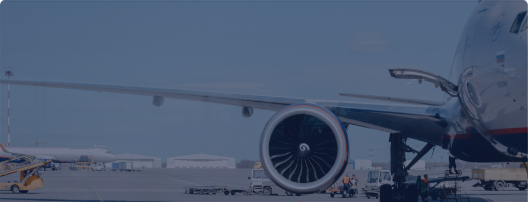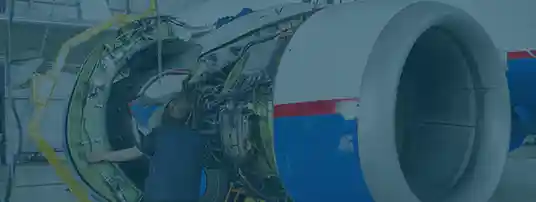Posted on January 16, 2020 james smith aviation
Aircraft turbine jet engines are a very complex and powerful machine, enabling humans to achieve the rapid worldwide flight that we had only dreamed of for most of our history. While the first aircraft was made in 1903, it was not until the 1930’s and 1940’s that countries like the United States, England, and Germany were able to design, manufacture, and implement the jet engine. In this blog, we will discuss how jet engines are developed and manufactured in the modern day.
When designing and testing a proposed jet engine, it can take up to five years due to the high complexity and plethora of parts that come together to make the engine. After development, it can take another two or so years to then manufacture it. After a design is thoroughly researched, designed, and tested, it comes time to finally create the engine.
With manufacturing, the engine is created in subassemblies that are all put together at the end. The fan blades, for instance, are created through shaping and welding titanium together. Then, compressor discs are engineered without error, as to avoid any fractures that may occur during their heavy use. In recent times, the process to manufacture them involves powder metallurgy, which solidifies molten metal quickly enough to avoid contamination. After the metallic powder is created, it is placed in a forming case and vacuum in which high pressure and heat work together to fuse the powder into a disc that is attached to the fan blades. Compressor blades are created through ceramic casting and machining to form their shape.
While turbine discs follow the same process as the compressor disc, the turbine blades differ from compressor blades in that they use a wax duplicate to create their shape. These wax blades are encased in ceramic slurry which is heated to harden the ceramics while the wax is removed. Metal is then poured into the ceramics to replace the wax, and metal grains are carefully attached as to further protect the blades from the stressors they endure. After all this is done, the blades are then shaped, and cooling passageways are formed.
Combustion chambers are manufactured with the use of alloyed titanium which is poured into molds before they are mounted on the engine. With titanium and kevlar, the inner and outer ducts are created respectively. After all components are made, the engine is then assembled. During the engine assembly, components are placed together and machines can aid in the process for precision. When the engine is finalized, it is sent to the manufacturer for the rest of the components to be attached.

 The only independent
The only independent



“We Proudly Support Intrepid Fallen Heroes Fund that serves United States Military Personal experiencing the Invisible Wounds of War : Traumatic Brain Injury (TBI) and Post Traumatic Stress (PTS). Please visit website (www.fallenheroesfund.org) and help in their valiant effort”.
We Hope that You Will Visit Us Again the Next Time You Need Aircraft Parts and Make Us Your Strategic Purchasing Partner.
Request for Quote